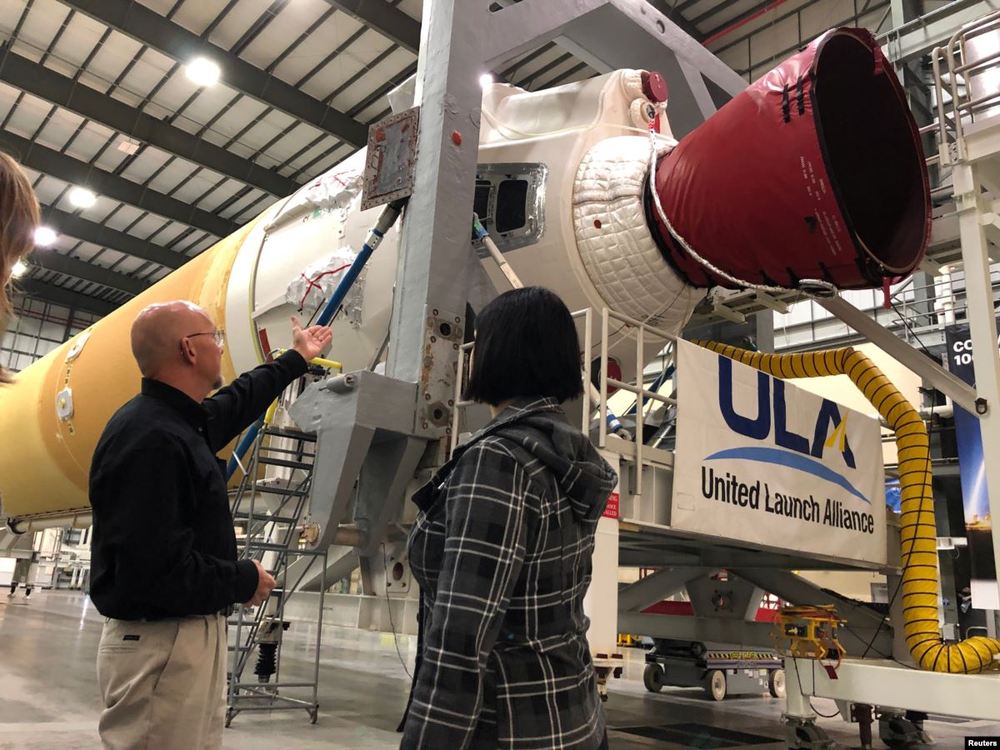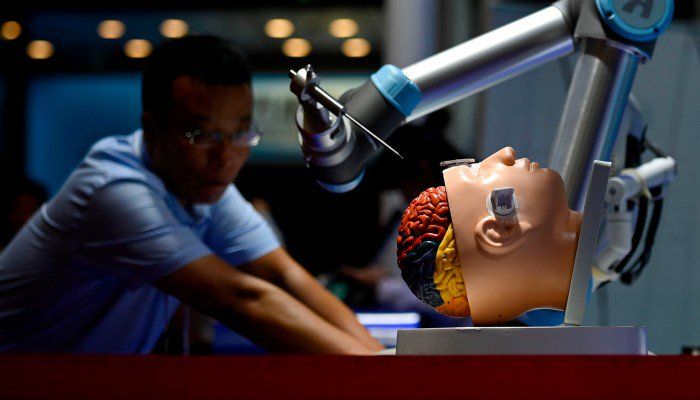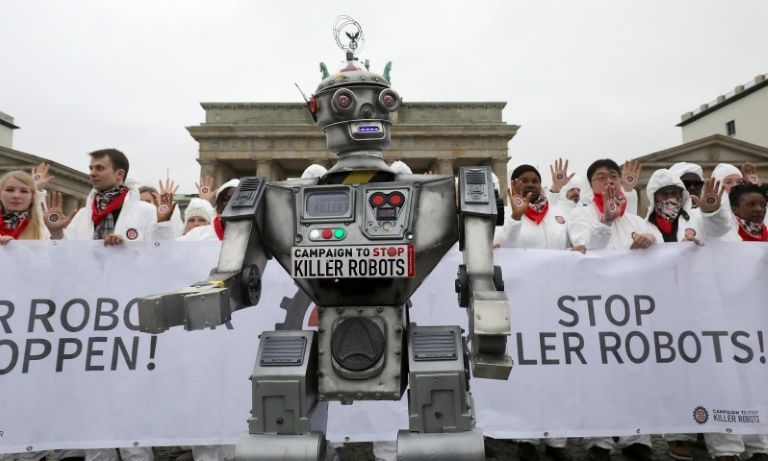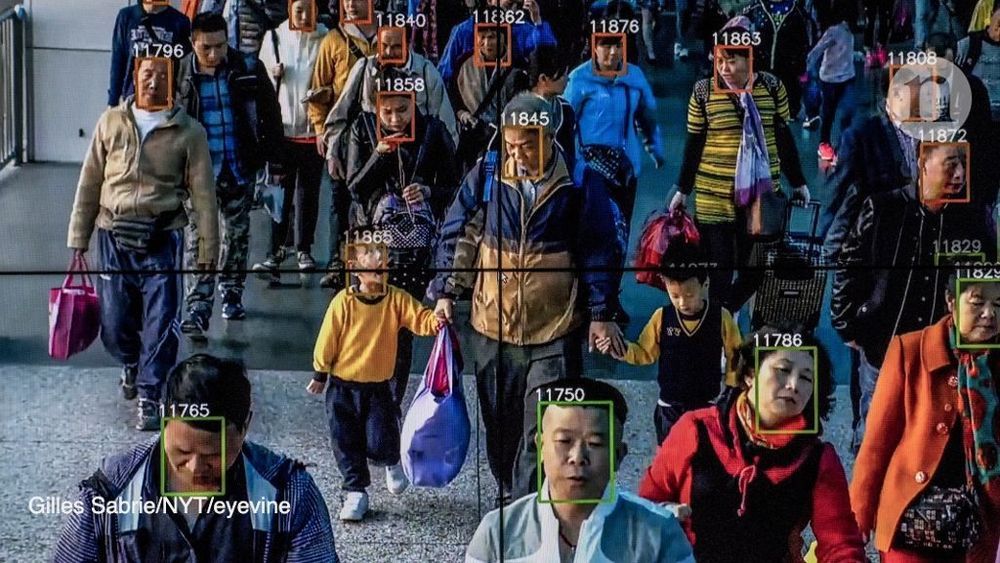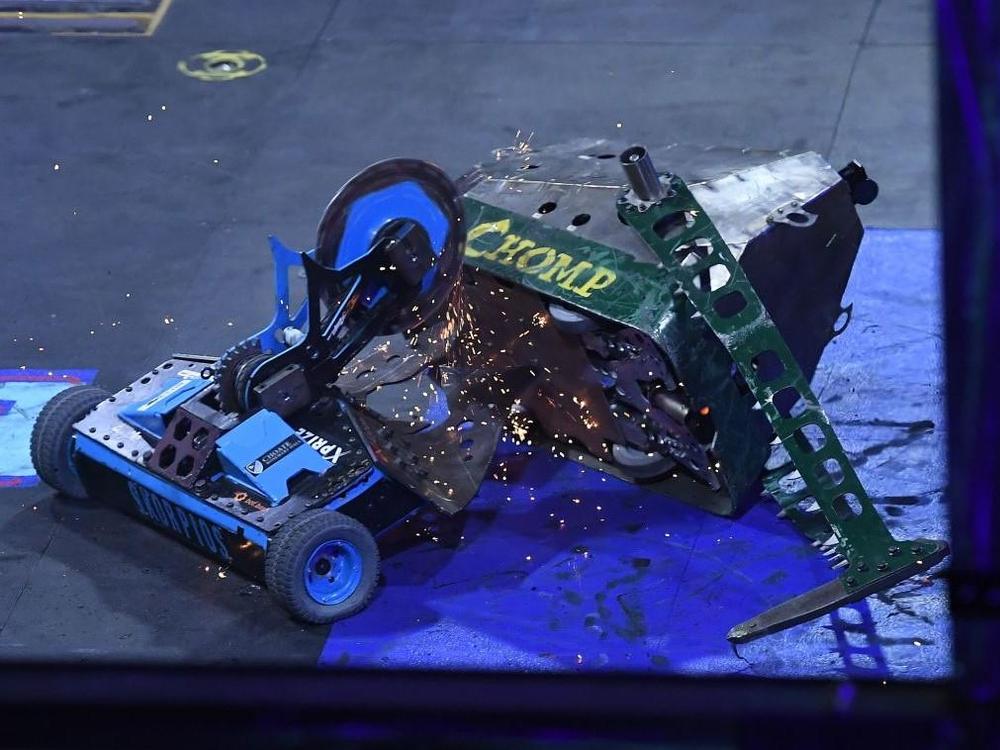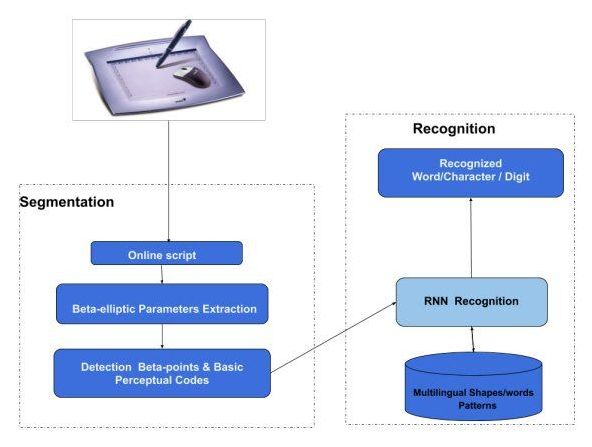Vulcan rocket on Bezos engines.
The first American spacecraft expected to land on the moon in nearly 50 years will be an unmanned robotic lander.
The aerospace company Astrobotic Technology told Reuters it expects to launch the spacecraft named Peregrine in the summer of 2021 from Florida’s Cape Canaveral. The company said Peregrine will be the first American spacecraft to land on the moon since Apollo astronauts last touched down there in 1972. The mission will bring technology and experiments to the moon to prepare for human flights by 2024.
The spacecraft will use the Vulcan rocket developed by an alliance between U.S. aerospace companies Boeing and Lockheed Martin. Tory Bruno is chief executive of the United Launch Alliance (ULA). Bruno told Reuters, “Our first flight on Vulcan is also the first big step in going back to the moon.”
